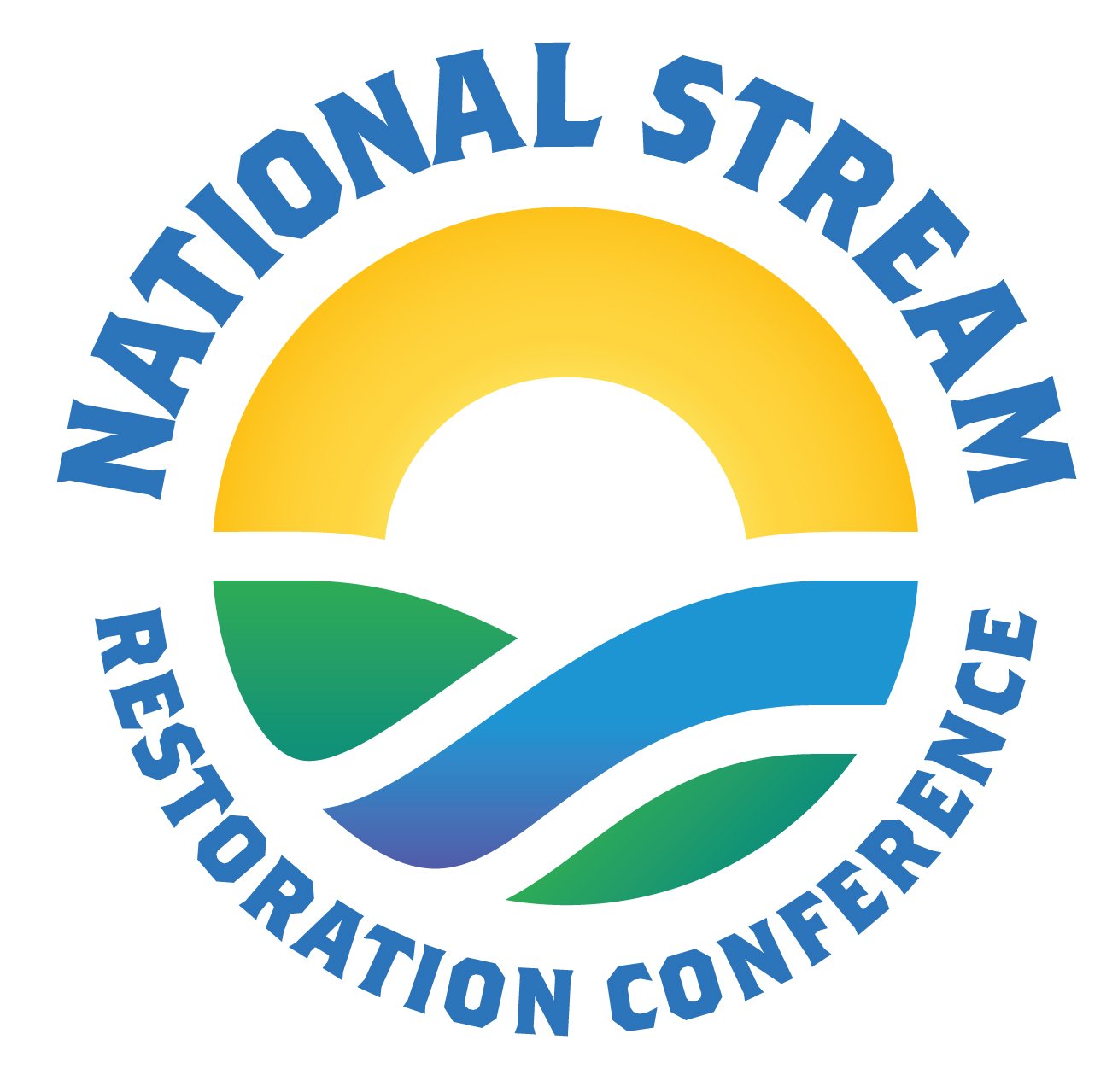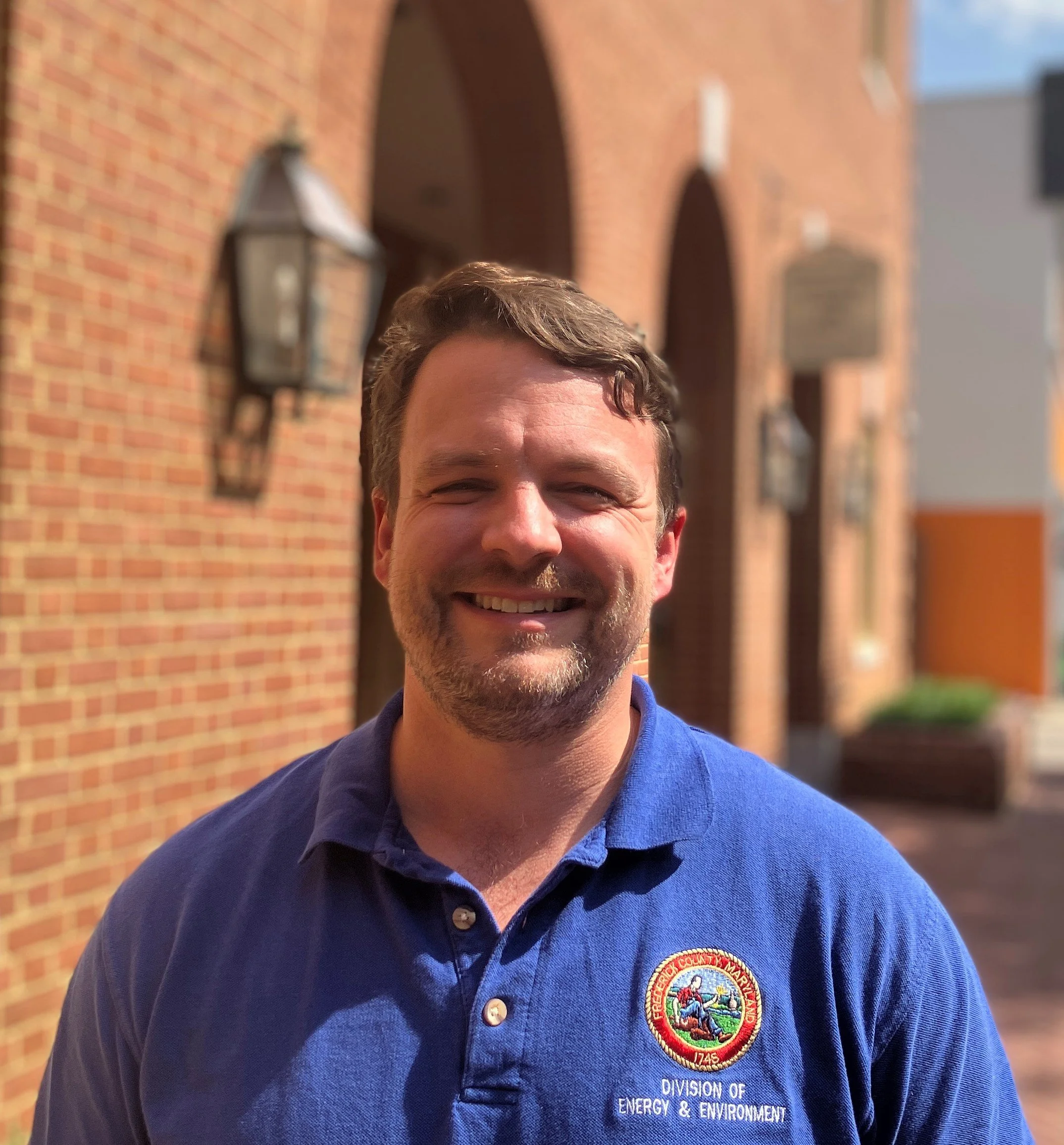Building and Managing Frederick County’s Portfolio of Stream Restoration Projects
Mark Voli
Dewberry
Owings Mills, MD
Ben Green
Frederick County Division of Energy and Environment
Frederick, MD
Authors: Mark Voli and Ben Green
Frederick County, MD is a medium phase I MS4 permittee required to restore 1,027 equivalent impervious acres by December 2027, which will build upon restoration projects implemented during their previous permit term. The County maintains a diverse portfolio of projects to meet their permit requirements, of which stream restoration is an important component. While all steps in the County’s stream restoration implementation process are critical to guiding a project to long-term success, recent efforts focus on refining methods employed for site selection and post-construction tracking/monitoring.
The County is testing a recently modified data-driven site selection process as part of an effort to update the Lower Monocacy Watershed Assessment, which aims to identify viable stormwater and stream restoration opportunities while addressing regulatory changes and local priorities. The updated site selection and prioritization process incorporates local biomonitoring data, climate resiliency/flood hazard data, and environmental justice metrics. The stream assessments are evaluating potential projects through a holistic planning strategy that identifies functional stream impairments while also providing community and environmental co-benefits.
As stream restoration sites identified and prioritized in past watershed assessments advance in the implementation process, they receive permits authorizing construction activities which include monitoring requirements. The County maintains a robust restoration monitoring program to track the goals versus the success of their projects and to ensure the proper data is collected, analyzed and incorporated into annual summary reports. Dewberry developed a Restoration Tracking Tool that organizes and queries pertinent past, present, and future restoration monitoring site information. The tool includes graphics and tables summarizing all monitoring activities needed to meet site-specific permit requirements. The tool will also assist the County with tracking the success of project goals and to easily and proactively manage post-construction maintenance needs.
This presentation will showcase Frederick County’s robust process for identifying stream restoration opportunities by focusing on its ongoing Lower Monocacy Watershed Assessment updates, discussing the opportunities in managing a growing restoration monitoring program, and sharing details of the Restoration Tracking tool created to assist with managing the County’s monitoring program.
About Mark Voli
Mark is a Water Resources Senior Project Manager in Dewberry’s Owings Mills office. He has 15 years of consulting experience with a focus on stormwater assessment and planning. His core responsibilities include assisting local governments with meeting NPDES MS4 permit requirements, performing watershed assessments to identify restoration opportunities that improve the quality and quantity of stormwater runoff, and evaluating the costs/benefits of implementing potential stream restoration projects.
https://www.linkedin.com/in/mark-voli-69438b1b2
About Ben Green
Mr. Green has an array of experiences in integrated water resource management. He utilizes his knowledge of hydrology and geospatial analysis in watershed planning and conservation, and stream restorations and assessments, supporting Frederick County’s MS4 Permit Program. His expertise includes stream restoration monitoring, ensuring compliance with US Army Corps of Engineers requirements, and implementing best management practices to enhance water quality and habitat. He has been a Project Manager with Frederick County for almost 3 years, and has prior experience working in the private sector.
https://www.linkedin.com/in/bjmgrn/


